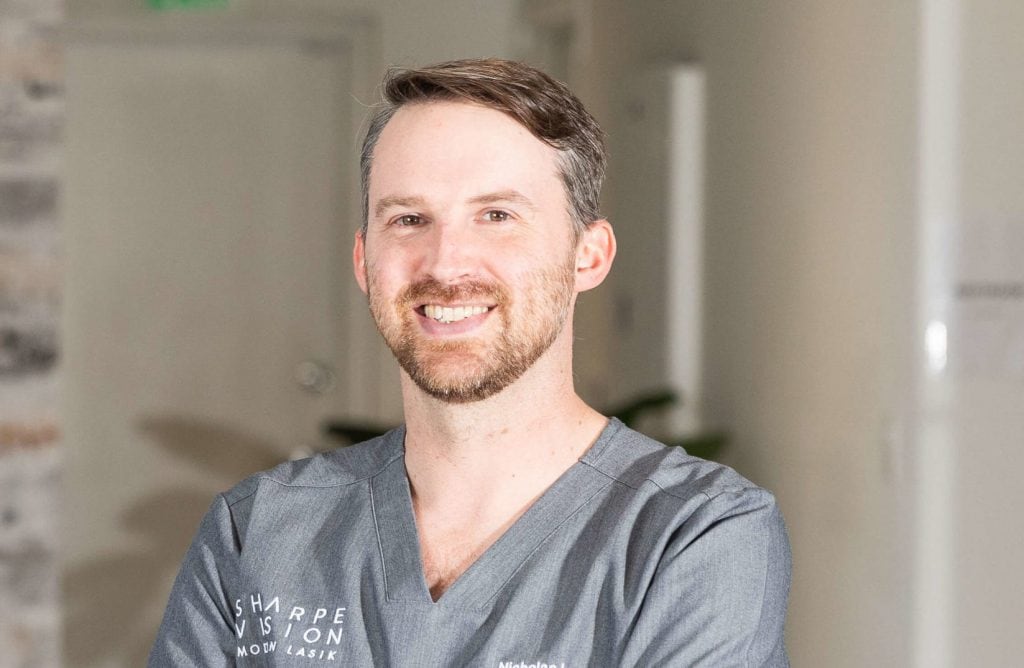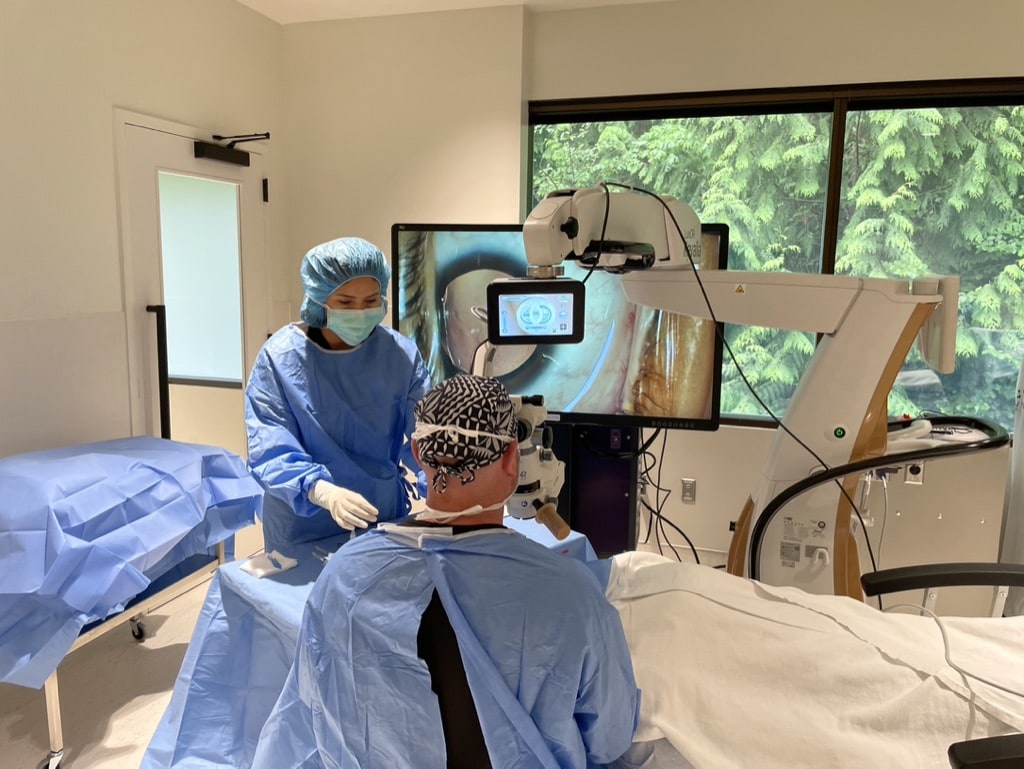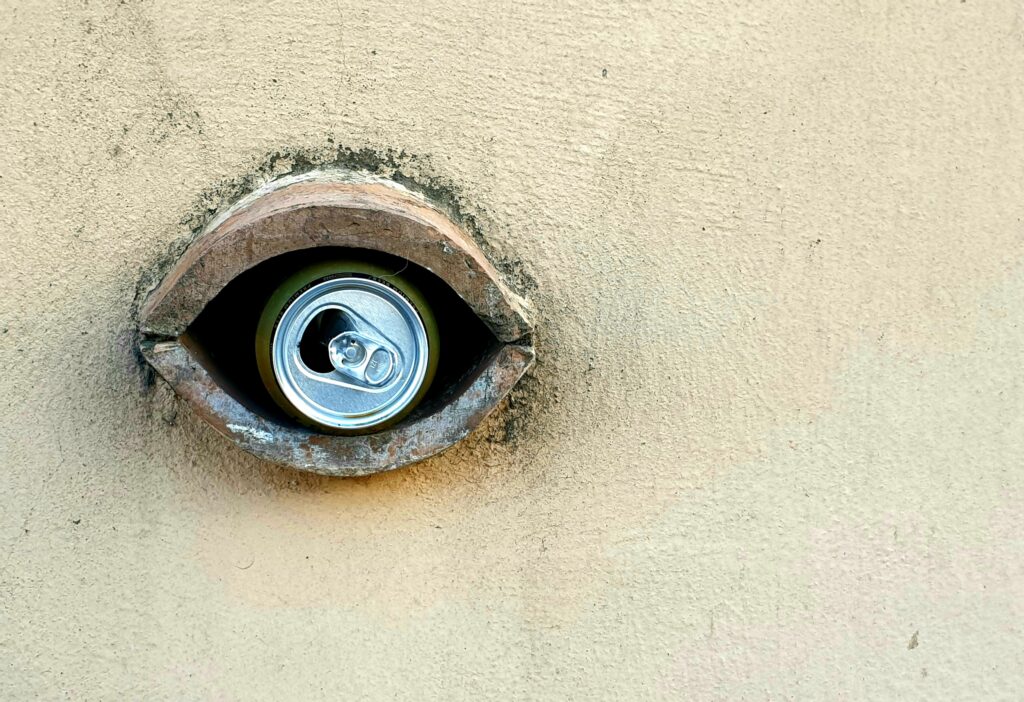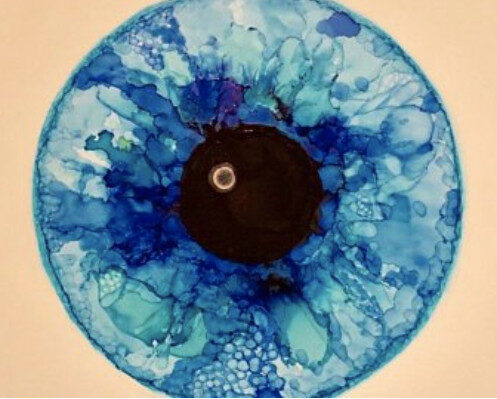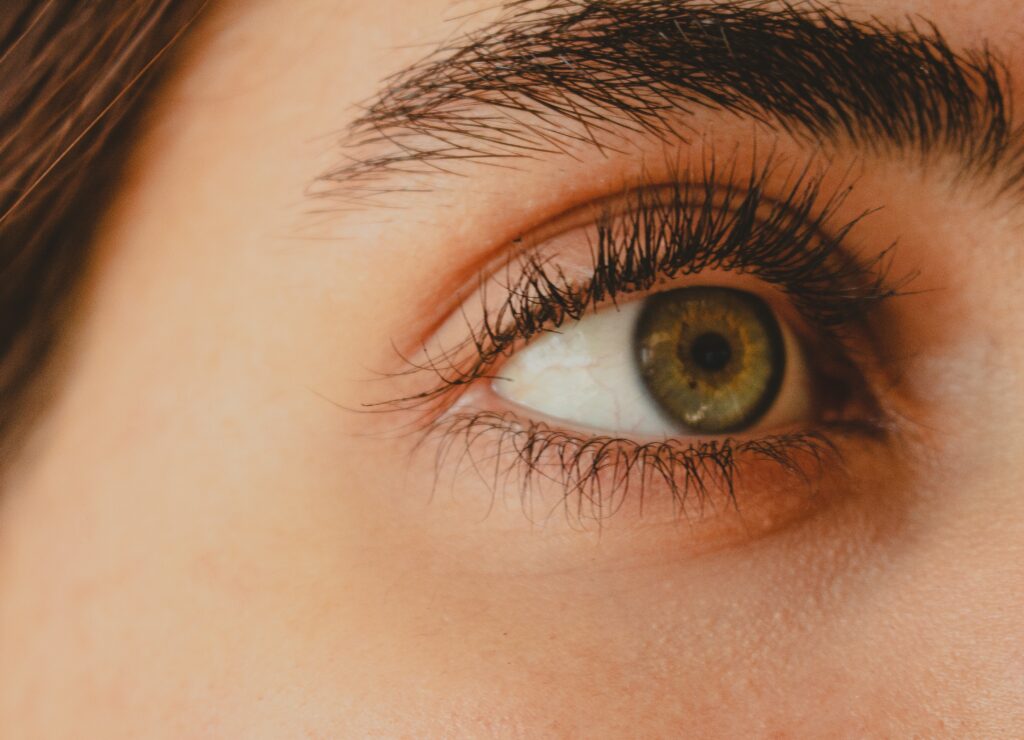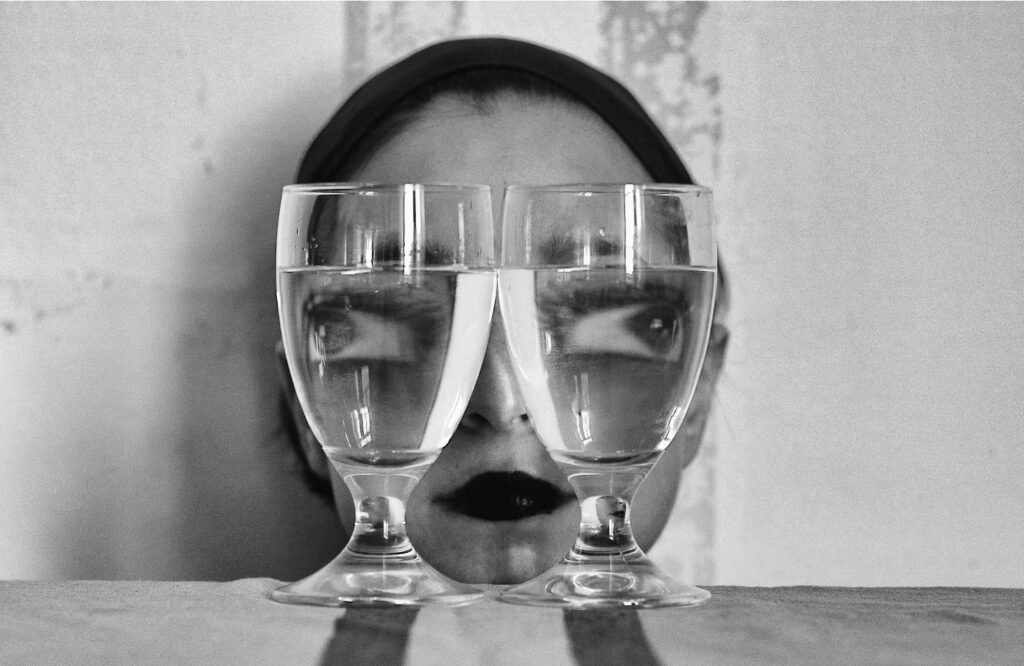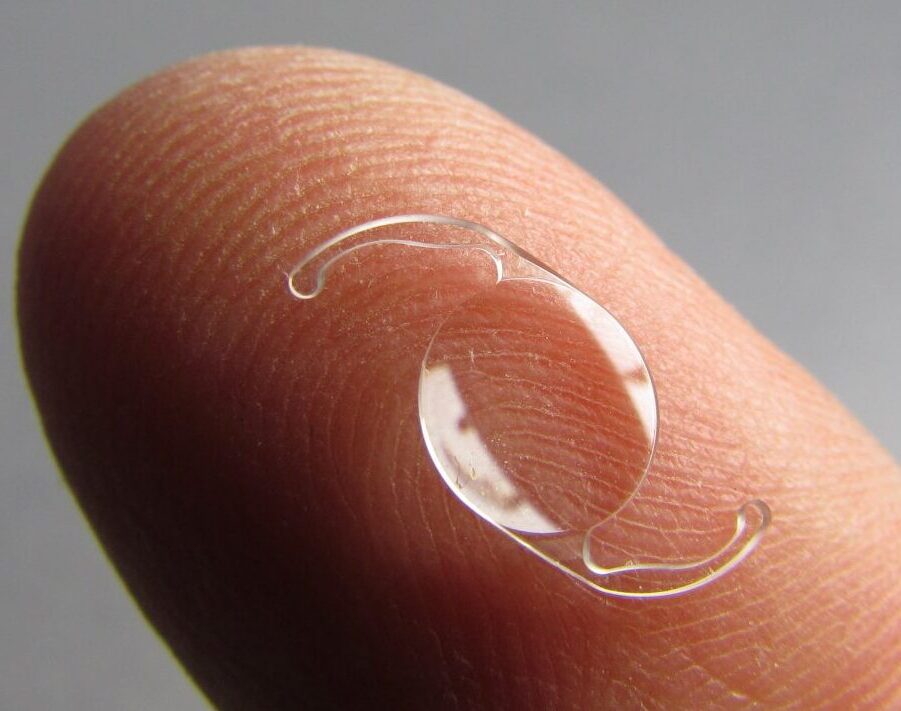Comprehensive Exam
A comprehensive, dilated examination is the only way to know which vision-correction procedure is best for you. While your exam involves comprehensive diagnostic testing, it is also our opportunity to learn more about you, your expectations, and your lifestyle. All of these factors play an important role in recommending the best procedure for you:
The complete exam can take up to 90 minutes. After all the data is collected, our doctor will examine you, discuss the treatment recommendation, and answer any questions you have. Your visit will include dilation of your pupils, which will affect your eyesight for about 4-6 hours, as you may have experienced with a routine eye exam.
Before Procedure
Dr. Lancaster and his team will discuss various lens implant options that may eliminate glasses after cataract surgery. Your doctor will also prescribe anti-inflammatory and antibiotic eye drops that reduce swelling and the risk of infection. We’ll provide specific instructions on how to use them after surgery. Your surgery will be performed in an outpatient surgery center. When you arrive, you will be checked in and asked to sign an informed consent document. You will be taken to a room and given drops to prepare your eye for the surgery. You will be given an IV with medicine that will help you relax. Most people feel sleepy during the procedure.
Day of Procedure
Because every eye varies in size and shape, CATALYSTM ’ advanced 3D imaging builds a 3D map of each eye and tailors the treatment to that map. This mapping technology allows your doctor to create a customized treatment plan that matches the uniqueness of each eye.
During the procedure, eye drops are used to completely numb the eye—no needles are used at all. Your surgeon then uses the CATALYSTM laser to create a circular opening for accessing and removing the cataract. This opening is about 10 times more accurate when performed with CATALYSTM than what is achieved by hand. CATALYSTM then softens and breaks up the hard cataract for a gentler, safer, and easier cataract removal.
Post-Procedure
After your surgery, you will spend a short period of time resting in the outpatient recovery area before you are ready to be driven home. You should expect to have blurry vision and mild soreness after the procedure, but you will be able to see your doctor the very next day at SharpeVision Austin.
Depending on your pre-operative vision and desired visual result, your doctor may recommend a tailored treatment plan that could include creating ultra-precise laser incisions in the cornea and a specific clear lens type, such as a multi-focal lens. This tailored treatment may reduce your need for glasses or contacts after surgery
